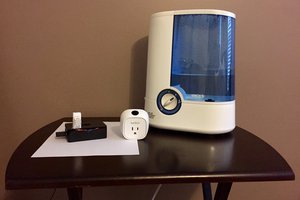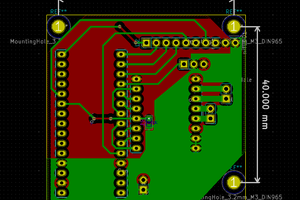My friend worked on a project which included installing a home automation system in a trailer. On this project he could design the whole installation from the ground up including the wiring and the placment of the controls. After talking about that project for a bit we where asking ourselves how we could build such a system in an existing home. We both live with our parents who arent't to font of us rewiring the house to install home automation and we are students so spending that much money wasn't an option.
So how a bout a drop in solution. Having a base station who control sort of nodes placed in existing outlets and switches. And started the project to develop such a system. Just to improve our engineering skills and see how far we can get with such an idea.

 FiZiX
FiZiX
 adria.junyent-ferre
adria.junyent-ferre
 Pedro Minatel
Pedro Minatel
 SirClover
SirClover